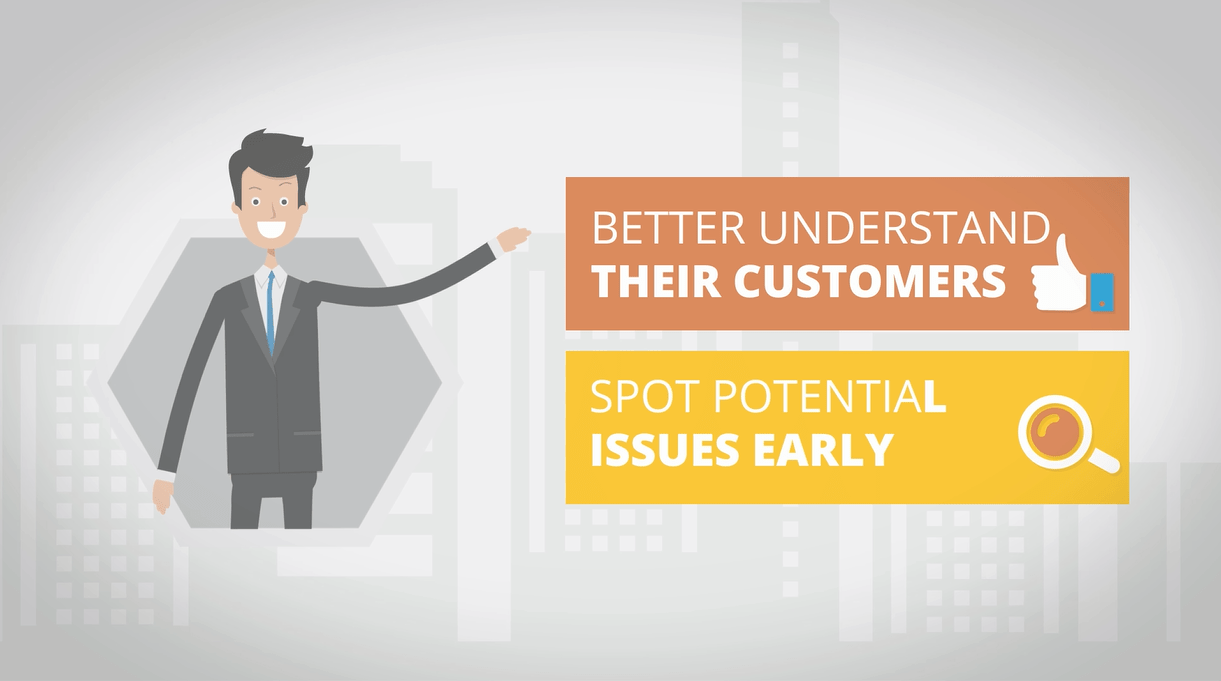How to Focus on Customer Needs to Excel in Customer Service
But what they NEED - now that's another story.
While you would think what a customer wants and what they need would be the same, it's often not the case. In fact, they're usually two completely separate things. As a customer service professional your task is to give them both, preferably at the same time.
Wants and Needs
Back in my college days, some friends of mine helped run the college radio station. There was a discussion one night about the type of music they played. Seems the station was going more "pop friendly" which caused them great distress.
Why? Because they said pop music was what listeners may want, but not what they needed. College radio, they said, was all about the need - people NEED to find new music, to be challenged, and there are limited places to do so. By playing already popular music they were only fulfilling the "want" of the listeners.
This scenario is can be likened to nearly every customer service interaction. My friends knew they needed some popular music to get folks to listen, but they also wanted to take advantage of their unique situation and introduce to the masses new and niche bands. As a customer service rep, you want to fulfill the customer's wants, but equally as important to remember and focus on customer needs.
What They Need
While you may not be telling them what cool tunes to check out (or maybe you are!), you are going to try and pinpoint something just as useful to their lives. And while wants and needs may sometimes be completely separate things, you may be able to use their want to find their need.
For example, say a customer calls up and wants to discuss a mysterious charge on their bill from your company. After researching, it turns out there was a mistake and their card was charged twice. They're not terribly upset, but state that they're glad they regularly check their bank account as they otherwise would have never spotted it.
Of course the customers want is to have the mysterious charged explained and taken away. After all, that's what they said when they called. But what do they need?
If they hadn't caught the double charge, it may have caused havoc with their finances. From this incident you realize there is no system in place to notify customers when a charge is made to their account. The customer didn't say it, but that's what they need - some way to know when your company charges them, and for how much.
And that's just one example; one where the want and need are closely related. Another example may be if the customer told you about the mysterious charge and you find out they discovered it over a week ago. When inquiring why it took so long to contact customer service, they inform you they had trouble finding the contact info so they wound up putting it off. Right there, you've found their need - improve the website so the next time they need to contact you they can do so immediately and with ease!
When you answer support emails and calls you likely give your customer what they want. But checking in on overall trends can in the long run give your customers the things they didn't even know they needed! Fulfilling the needs AND wants of your customers will ultimately deliver excellent customer service and make for a happier customer.






